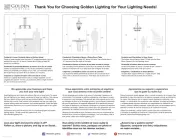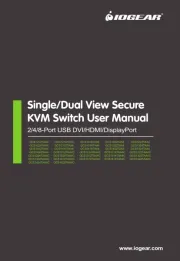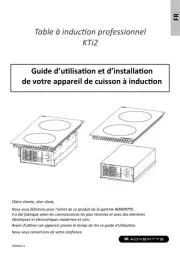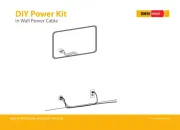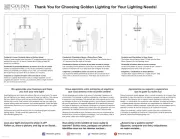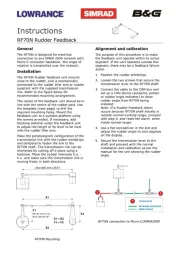Turbo Air TBC-50SB-GF Manual
Læs gratis den danske manual til Turbo Air TBC-50SB-GF (28 sider) i kategorien Ikke kategoriseret. Denne vejledning er vurderet som hjælpsom af 50 personer og har en gennemsnitlig bedømmelse på 4.6 stjerner ud af 25.5 anmeldelser.
Har du et spørgsmål om Turbo Air TBC-50SB-GF, eller vil du spørge andre brugere om produktet?

Produkt Specifikationer
| Mærke: | Turbo Air |
| Kategori: | Ikke kategoriseret |
| Model: | TBC-50SB-GF |
Har du brug for hjælp?
Hvis du har brug for hjælp til Turbo Air TBC-50SB-GF stil et spørgsmål nedenfor, og andre brugere vil svare dig
Ikke kategoriseret Turbo Air Manualer
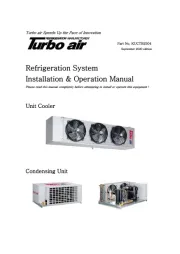
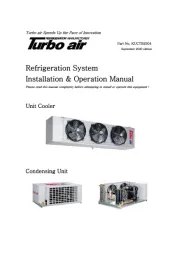
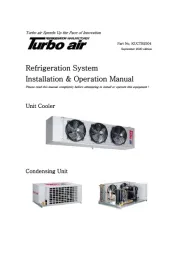
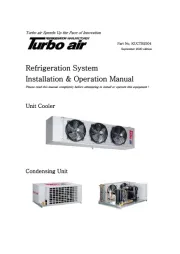
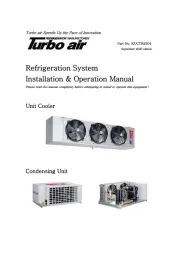
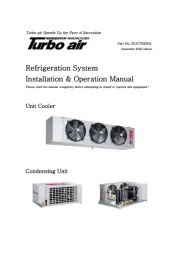
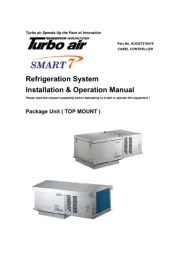
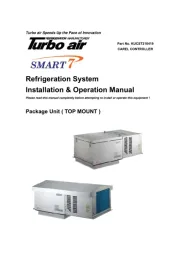
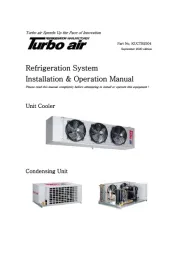
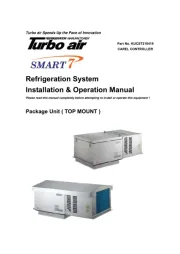
Ikke kategoriseret Manualer
- LC-Power
- Slingshot
- Imarflex
- Vonroc
- Cooler Master
- Rangemaster
- Vinpower Digital
- Canopia
- G3
- Zotac
- Rackmount.IT
- Power Dynamics
- Digigram
- Megger
- Weihrauch Sport
Nyeste Ikke kategoriseret Manualer
